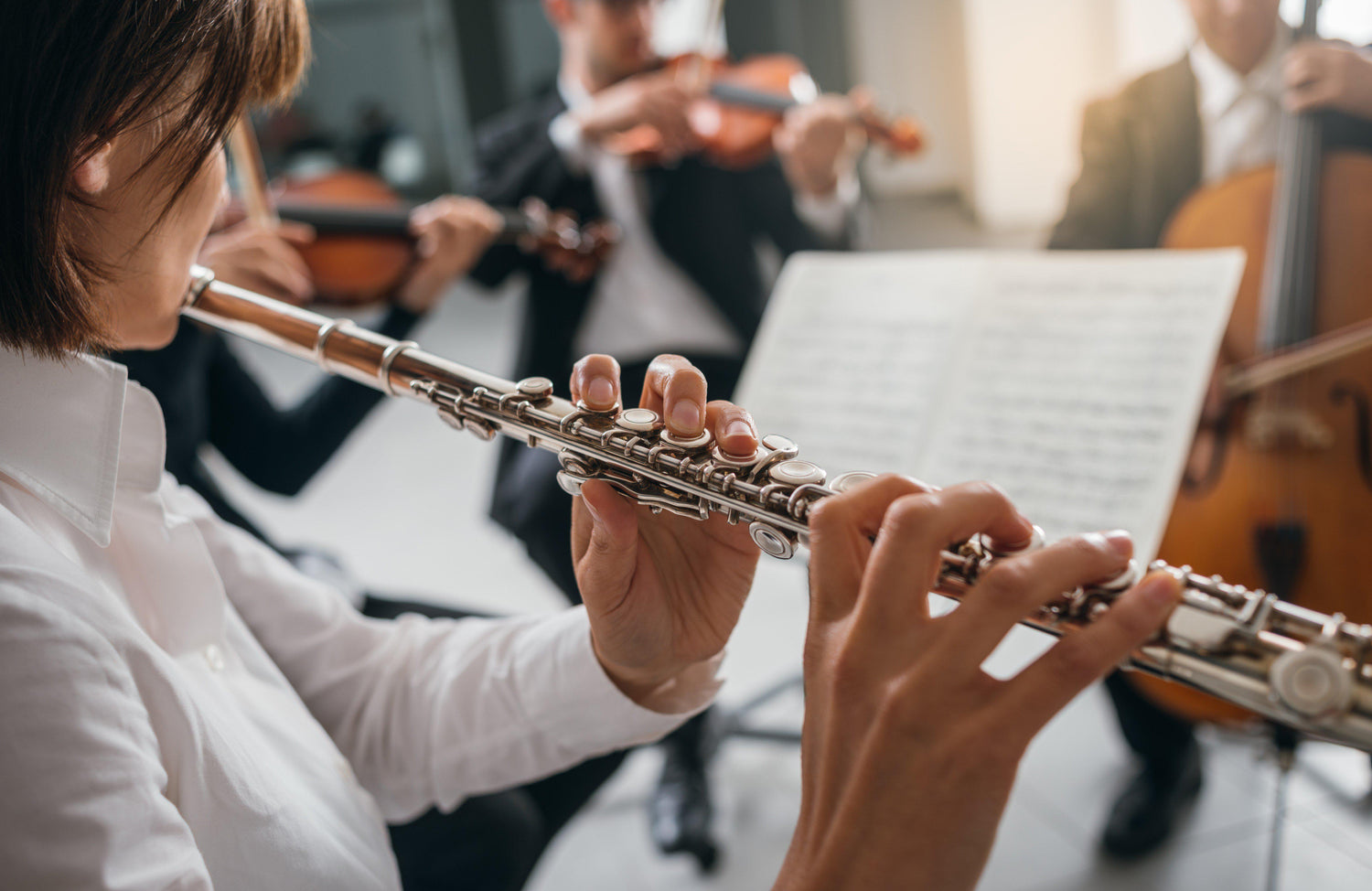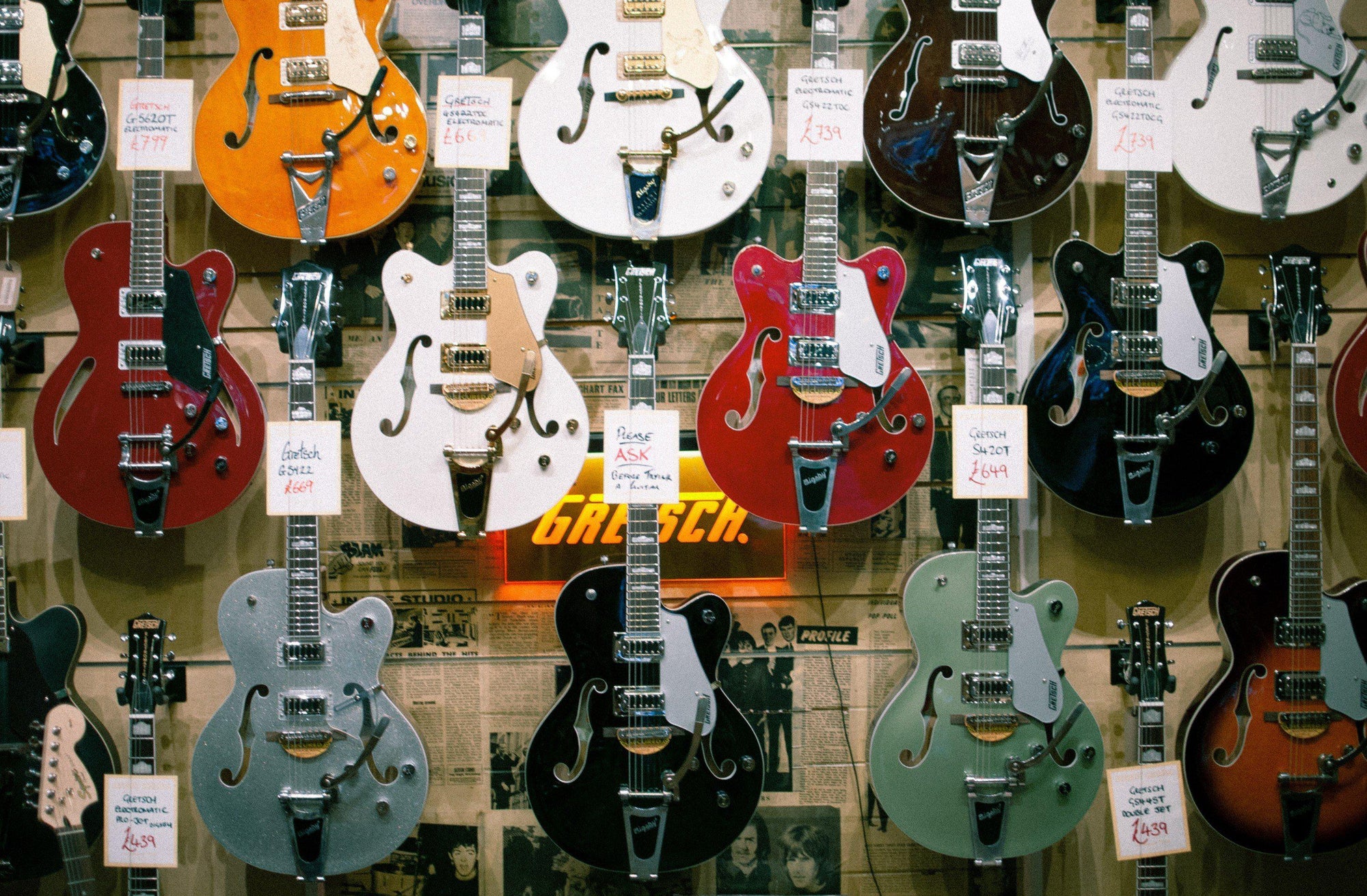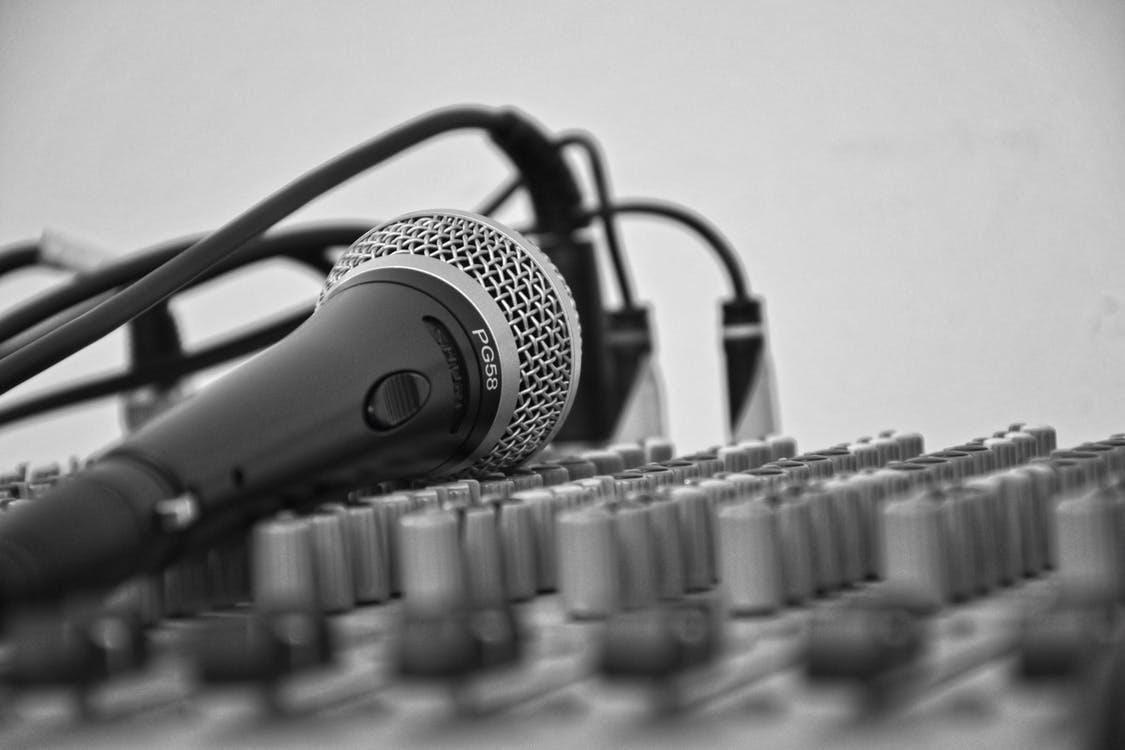Flutes and Recorders come in a wide variety of shapes and sizes. It can be challenging to understand how well suited you are to a particular type of woodwind at your stage in the musical journey.
Doing your research is paramount into the different types of flutes/recorders as some different variations of the instrument are played differently. We hope this blog can help alleviate some of your questions.
Quality Matters
Some shops and online retailers will sell low-cost, low-quality instruments for a small sum. While these can be used to learn the basics on, these flutes and recorders tend to be inexpensive and poorly built. Moreover, there will be little to no resale value, and the instrument will quickly go out of use as expertise levels increase. It’s always advisable to invest in an affordable, professionally made instrument rather than one mass-produced.
Mass-produced flutes are difficult to play, and even seasoned musicians struggle to be in tune with the instrument. Oftentimes, beginners learning on an inexpensive instrument lose interest in the process altogether. In general, it is best to spend on a decent musical instrument that will grow with you as you progress.

What to Look For
The tell-tale signs of a quality instrument are easy to play, a great acoustic sound and resonance, and good durability.
When it comes to flutes and recorders, the country of origin matters. Many countries around the world have adopted a unique style to play and craft woodwind instruments. Recognizing this difference is important to make decisions about education systems available to you and the specifications of your instrument.
A novice flutist should start on a silver-plated flute with closed holes with a C join. These flutes have a pleasurable playing experience and the highest resale value just in case you change your mind.

Sizes and Variants of Flutes and Recorders
Recorders come in different sizes. Most people tend to learn on a soprano recorder like the Yamaha YRS20 and end up migrating to a different recorder. Recorders can be as small as the soprano, or as big as a contrabass. Each requires a little different technique to play. Most players stick to the Alto recorder, a mid-range choice.
Flutes come in a few different types - alto and bass flutes for lower sounds, and piccolo flutes for high notes. They also come in closed and open-holed variants. Closed-hole pipes are good for learning on as they don’t force certain hand positions. While there is no difference in sound between the two methods of flute creation, there are several technical advantages to open holes, namely, accurate harmonic information.
Once you’ve identified the type of flute or recorder that is perfect for you, look into brands that make your choice. Some of the better-known makes such as Pearl and Yamaha make flutes that can be modified as you get better at the instrument. This makes your instrument much better at a small fraction of the cost of an expert flute. We suggest the Pearl PF-505 and Yamaha YFL-212 – both models are upgrade-able with new pieces that will make sure the instrument grows with you.

Compare and Contrast
Since your choice of woodwind is going to be a long term investment, be sure to try it before purchase. Try to play the flutes in as many different situations as you can.
Advanced Considerations
If you are buying a wooden flute or recorder, think about the properties of the wood used. Look into the differences between Rosewood, Maple, Cocobolo and Mopane (these are the primary materials used).
Nickel silver, Sterling silver, Coin silver, Platinum and 94.6 Altus Silver are also used. Each gives the instrument a different luster. Try to find a set of materials you like, and then find an instrument that makes use of them.

The next main important point is whether you require a closed-hole or open-holed flute. Both can sound incredible, but most professional players used open-holed flutes. If you aren’t used to playing open-holed flutes, then the transition may be difficult and you may prefer making sure the instrument you buy has closed holes.
In addition to these main points, there’s also a few other questions you should ask yourself.
- What kind of lip plate would you prefer?
- Do you wish for an offset or inline G note?
Hopefully, with our guidance, you have a good idea of what you are looking for in the flute/recorder world. If you still aren’t sure, please browse our flutes or contact us and we’d be happy to give you a recommendation of the perfect instrument for you.
We are building a community of musicians and creators in the Middle East – those not afraid to follow their dreams and expand creative horizons. One way we support aspiring, active creators on their journey is by sharing a variety of content and information across essential topics in this complex and exciting industry of musical instruments and content creation gear.
When you're looking to pick up instruments or music and sound gear, get in touch with us for recommendations, the latest information on new and discontinued models, as well as sales and promotions. Whether you’re looking for a guitar, a keyboard, a piano, a drum kit, studio recording equipment, music production tools, or DJ gear – we can promise the widest variety, knowledgeable advice and the lowest prices across Dubai, Abu Dhabi, Sharjah, UAE, the Sultanate of Oman, the Kingdom of Bahrain, the State of Kuwait, and the Kingdom of Saudi Arabia.





